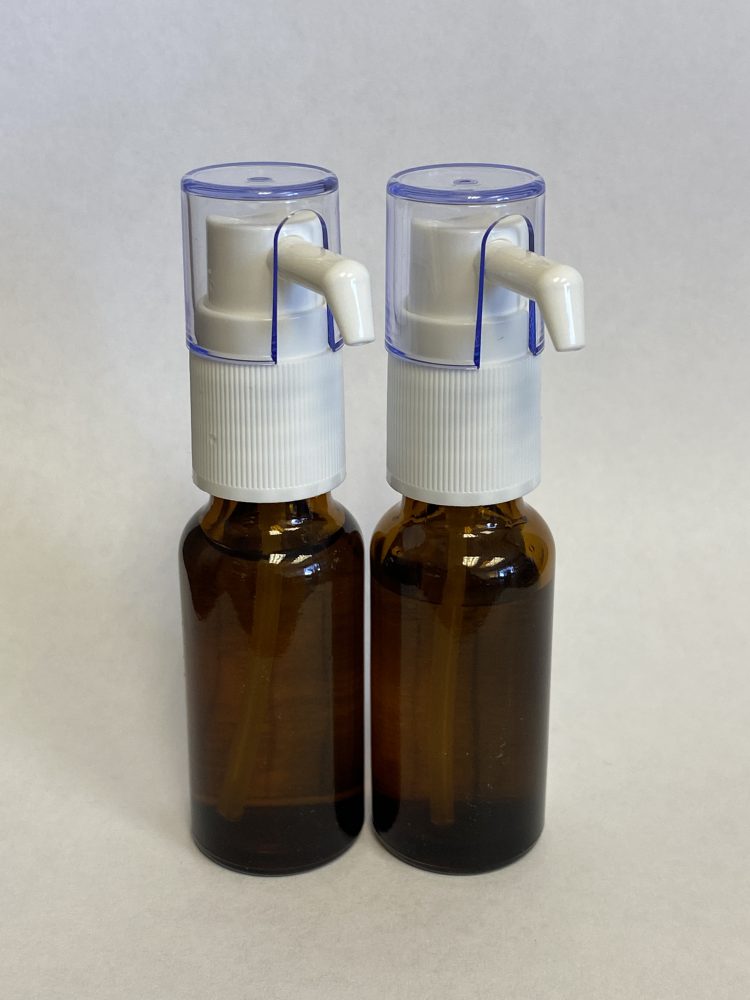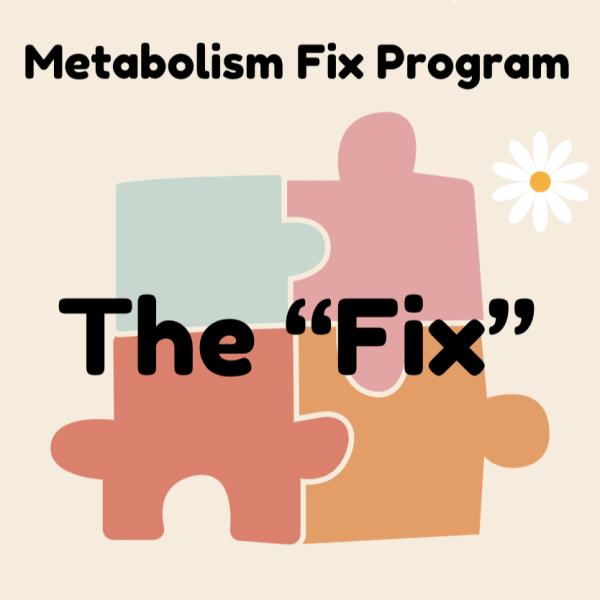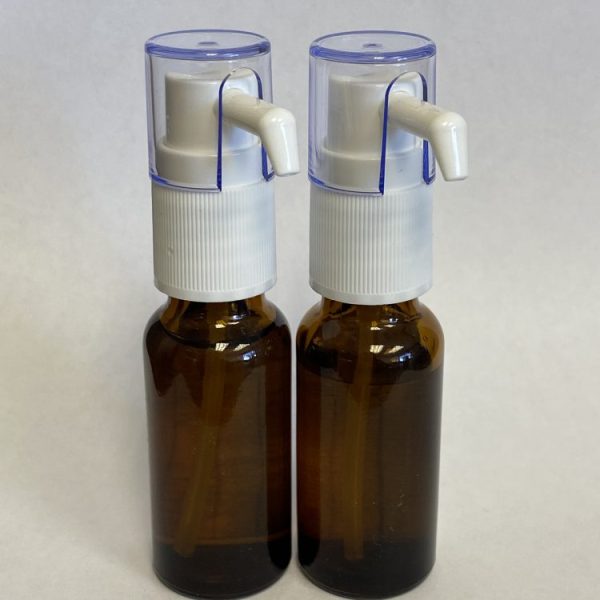How to take drops
Day 1: When first starting the drops place TWO pumps under your tongue and hold it there without swallowing for 2 minutes. Take the two pumps on day one and monitor for any adverse events such as itching, tingling, tongue irritation, runny nose, headache, gastrointestinal distress or cramping, or any symptoms that seem suspicious. (See list below)
Day 2: On day two of therapy, if there was not an adverse reaction on day 1 then take two pumps in the morning, and two pumps in the evening. Each time you take the drops you should hold it under your tongue for 2 minutes before swallowing.
Day 3: If there are no adverse symptoms then on the third day take three pumps in the morning, and three pumps in the evening. If no problems arise then continue to take 3 pumps, TWICE per day.
Drops should be taken away from food. If you need to take the drops near a meal, then try to take it a minimum of 20 minutes before or after the meal. In general, we recommend taking your drops first thing in the morning as you rise from bed. Second dose is in the evening at bedtime. We recommend keeping the bottle near your bed or vanity and avoid carrying them around with you. This avoids loss, breakage or other mishaps.
Day AM PM
1- 2 pumps
2- 2 pumps 2 pumps
3- 3 pumps 3 pumps
4+ 3 pumps 3 pumps
Expectation
Sublingual therapy is anticipated to last 3-4 years, but your individual case may vary. I typically see some clinical benefit within the first 3 to 6 weeks of therapy. Clinical experience has shown that when patients are more consistent with their sublingual therapy, avoiding missed days of therapy, that immunotherapy occurs more successfully, and they are able to complete their therapy sooner. So, the most cost effective as well as most effective clinical result comes from consistent compliance with the prescribed treatment program.
There are three phases to the therapy, each with their own expectation and reward.
Phase 1 (0 to 3 months) – during this initiation phase the immune system begins to change and develop tolerance. A change in present symptoms may be felt but this early phase may be devoid of noticeable physical improvement or symptom resolution. Don’t lose faith, the process is still in play.
Phase 2 (3 months to 2 years) – symptoms should really begin to subside as tolerance by the immune system increases. If you typically require medication to treat allergic symptoms, then you might expect to see the need for such medication subside. The occurrence of gastrointestinal issues, running nose, congestion and other allergic symptomatology should become less frequent and easier to control.
Phase 3 (2 to 5 years) – long-term tolerance develops in this time frame and with it comes the potential for complete resolution of allergies and life without the need for medication or relapses.
Seeing your way through each of these important steps with consistency ensures the greatest result.
Retesting
In general it is anticipated that retesting will occur on a yearly basis. The purpose of this test is to revaluate your progress as allergens are re-measured to view your expectant reduction in allergic response. This is then used to recalibrate your prescription to the appropriate dose. Understand that unexpected turns in your individual treatment course may require testing more often.
Follow Up
A follow up appointment to track progress will need to occur every 3 months for the first year. The appointment is necessary to assess progress as this is used in the determination of any prescription dosage changes. The sublingual drop concentration will increase over time leading to greater immune system tolerance of your allergens. Total length of treatment is expected to be between 2 to 4 years depending on response and severity of allergies






